Idea by
Jakob Travnik
Call for ideas 2016
Traincity
Traincity
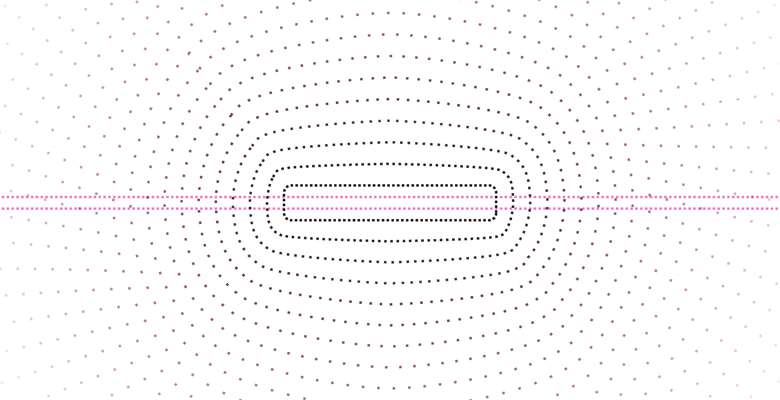
Traincity investigates the possibility of a bottom-up approach towards design of trains. In parallel, the project revisits the concept of nanotourism, a bottom-up alternative and creative critique to the current environmental, social and economic downsides of mainstream tourism.
Through the implementation of nanotourist strategies, Traincity aims at the development of both a method and a framework for the design of trains as a new type of social infrastructure, operating as a route-specific manifestation of the processes that are inherent within the context through which it it is travelling. The project rigorously investigates three inter-related qualities of place, user and material, taking the Bohinj Railway route of the Slovenian Railway network as an example.
As a result, the new network of trains becomes a system of highly differentiated and highly specific sets of experiences, thus re-defining the train as a pure mode of transportation to becoming a destination in itself.
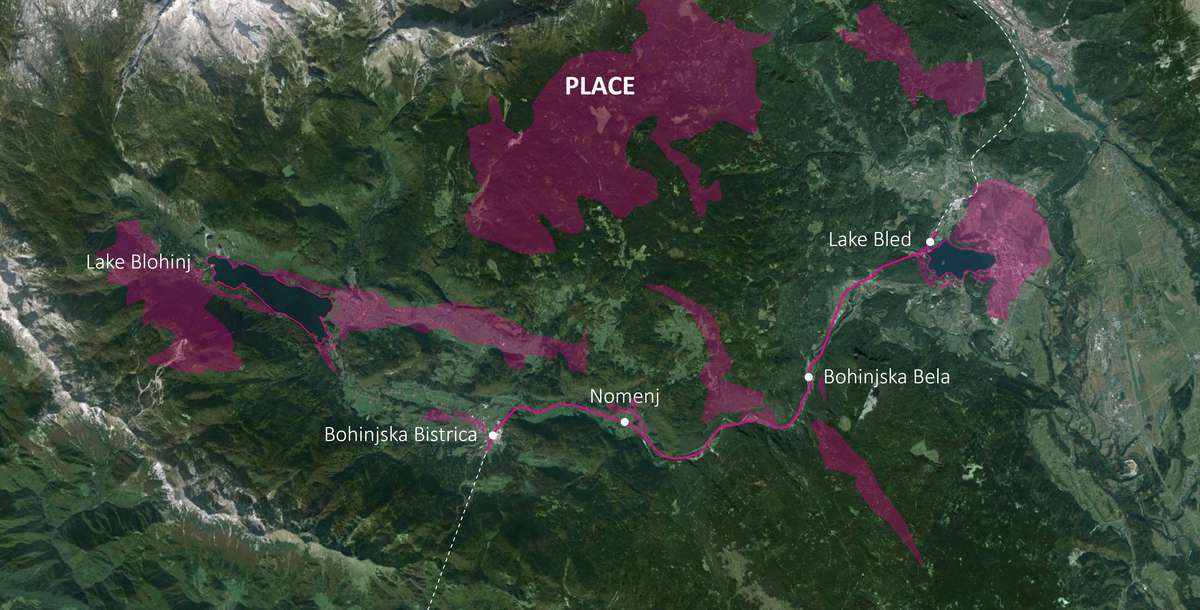
place: The project particularly investigates and extracts aspects of the context surrounding the railway between Lake Bled and Lake Bohinj, distilling local specificities of sports, culture and industry.
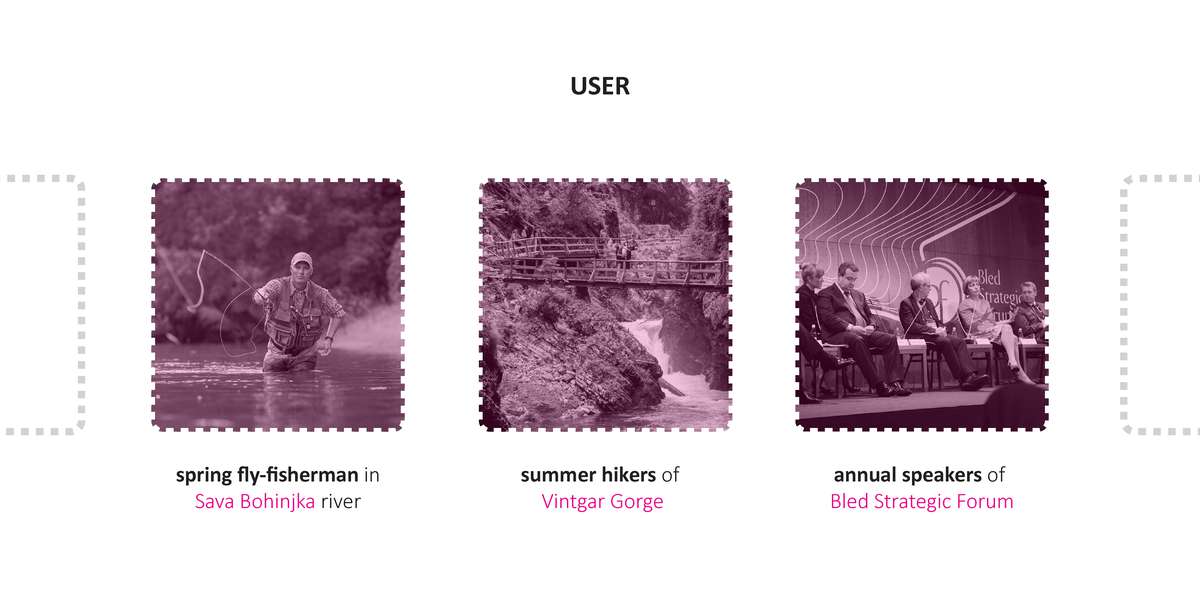
user: The project accommodates for specific permanent and seasonal users that are particular to the immediate vicinity of the railway.
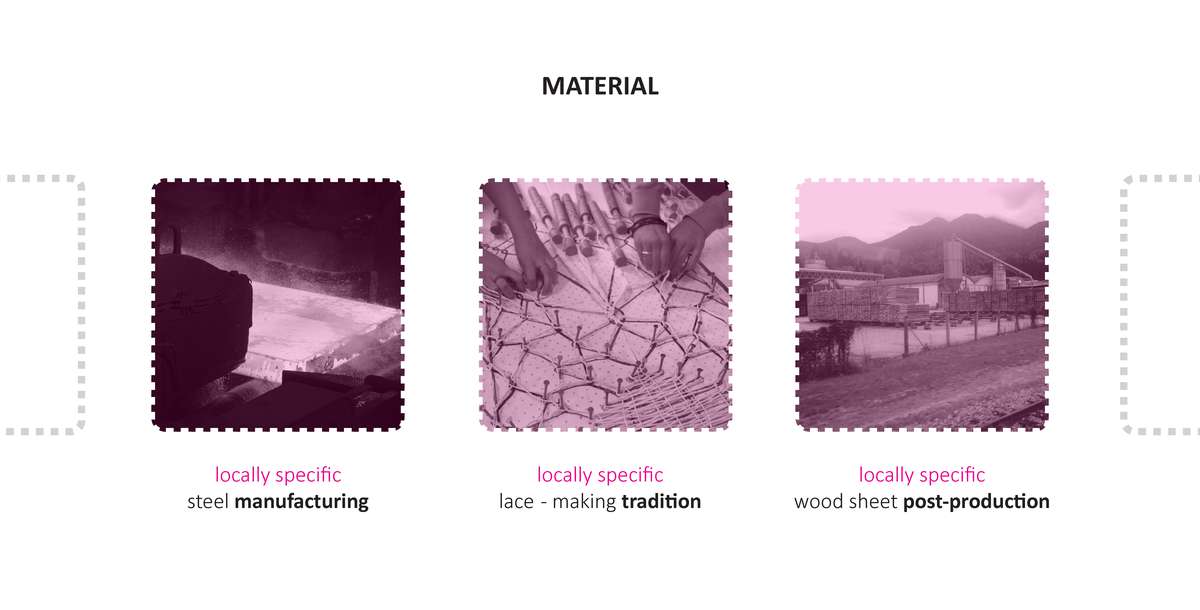
material: The project takes into account specificities of locally available materials only, utilises its properties and the present as well as future potential of existing craftsmanship and industrial manufacturing.
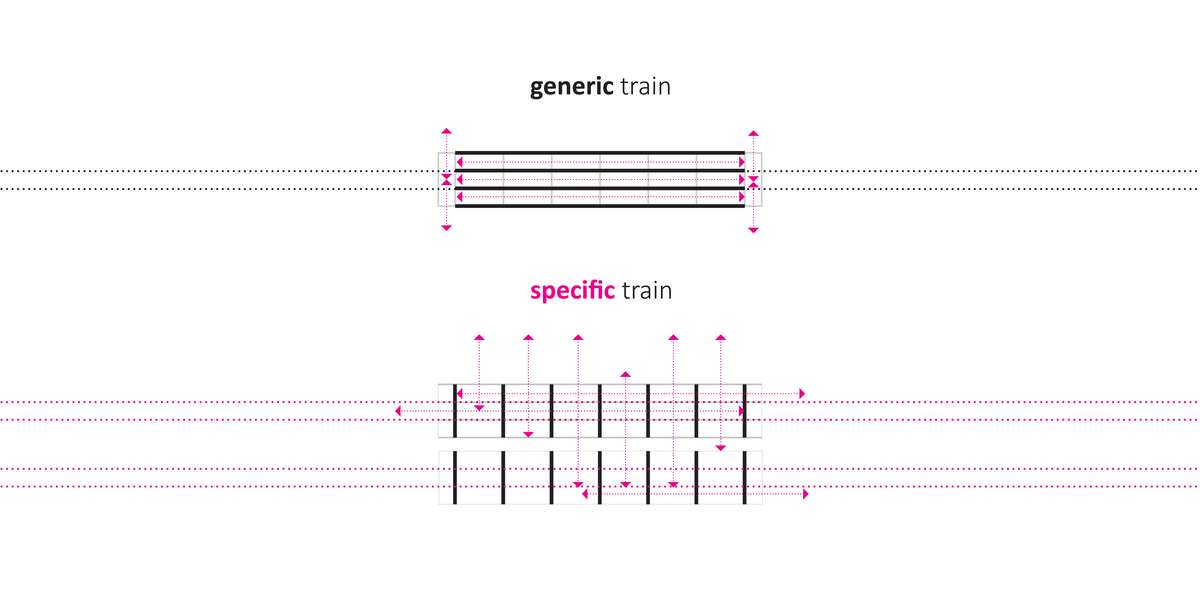
generic train: introverted system of universal principles (enclosed model)
specific train: extroverted system of highly specific principles (highly permeable model)
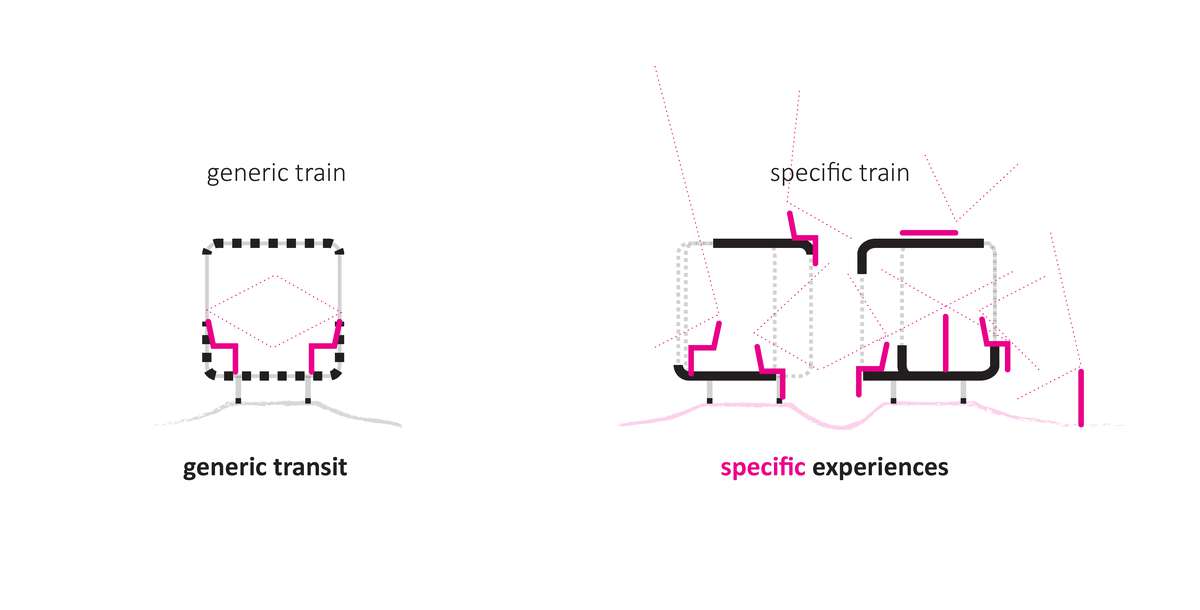
generic train: generic interface between user and provider (train as a mode of transport)
specific train: highly specific interface between specific users and and specific provider(s) (train as an experience module)
Traincity
Traincity

Traincity investigates the possibility of a bottom-up approach towards design of trains. In parallel, the project revisits the concept of nanotourism, a bottom-up alternative and creative critique to the current environmental, social and economic downsides of mainstream tourism.
Through the implementation of nanotourist strategies, Traincity aims at the development of both a method and a framework for the design of trains as a new type of social infrastructure, operating as a route-specific manifestation of the processes that are inherent within the context through which it it is travelling. The project rigorously investigates three inter-related qualities of place, user and material, taking the Bohinj Railway route of the Slovenian Railway network as an example.
As a result, the new network of trains becomes a system of highly differentiated and highly specific sets of experiences, thus re-defining the train as a pure mode of transportation to becoming a destination in itself.
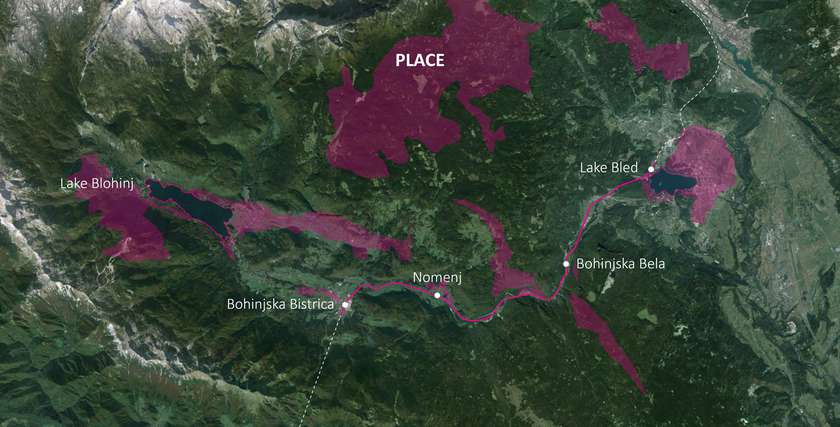
place: The project particularly investigates and extracts aspects of the context surrounding the railway between Lake Bled and Lake Bohinj, distilling local specificities of sports, culture and industry.
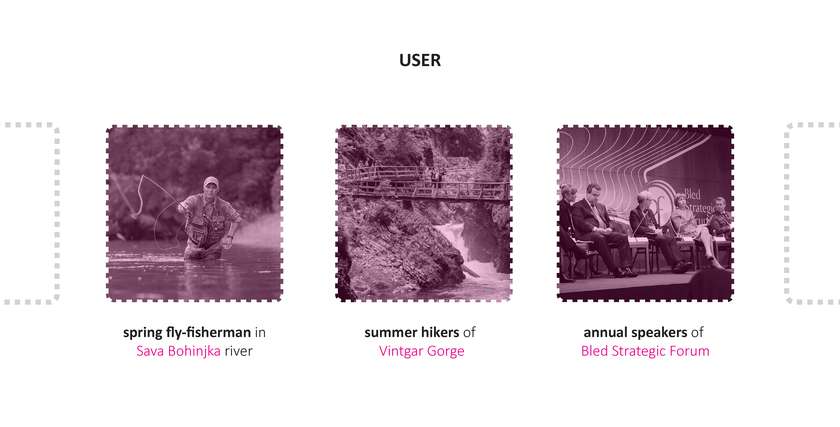
user: The project accommodates for specific permanent and seasonal users that are particular to the immediate vicinity of the railway.
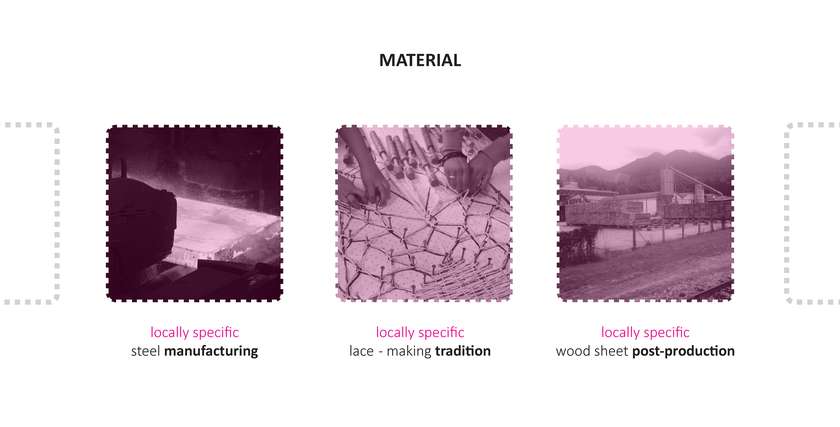
material: The project takes into account specificities of locally available materials only, utilises its properties and the present as well as future potential of existing craftsmanship and industrial manufacturing.
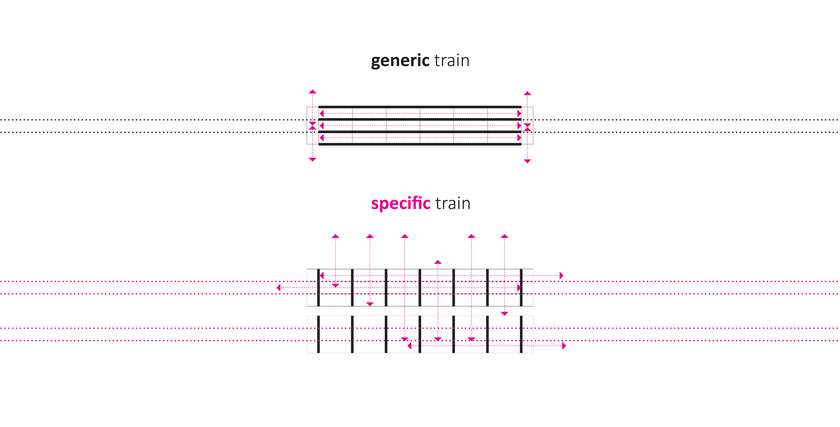
generic train: introverted system of universal principles (enclosed model)
specific train: extroverted system of highly specific principles (highly permeable model)
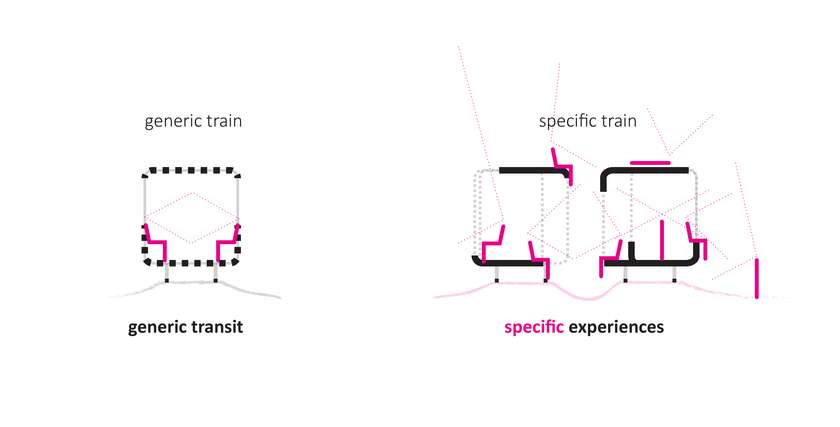
generic train: generic interface between user and provider (train as a mode of transport)
specific train: highly specific interface between specific users and and specific provider(s) (train as an experience module)